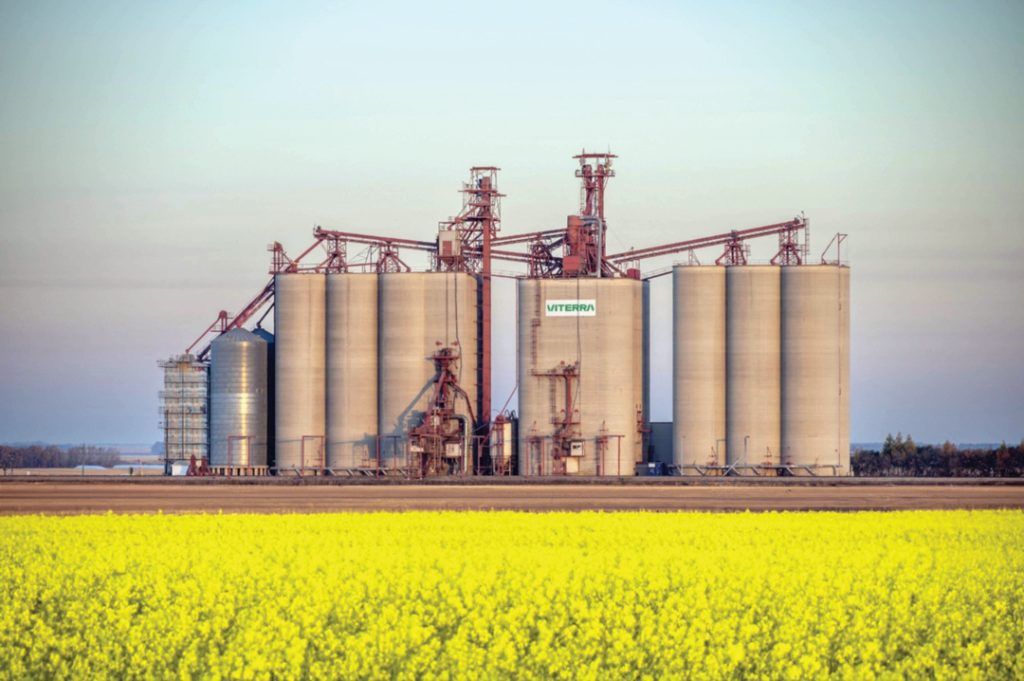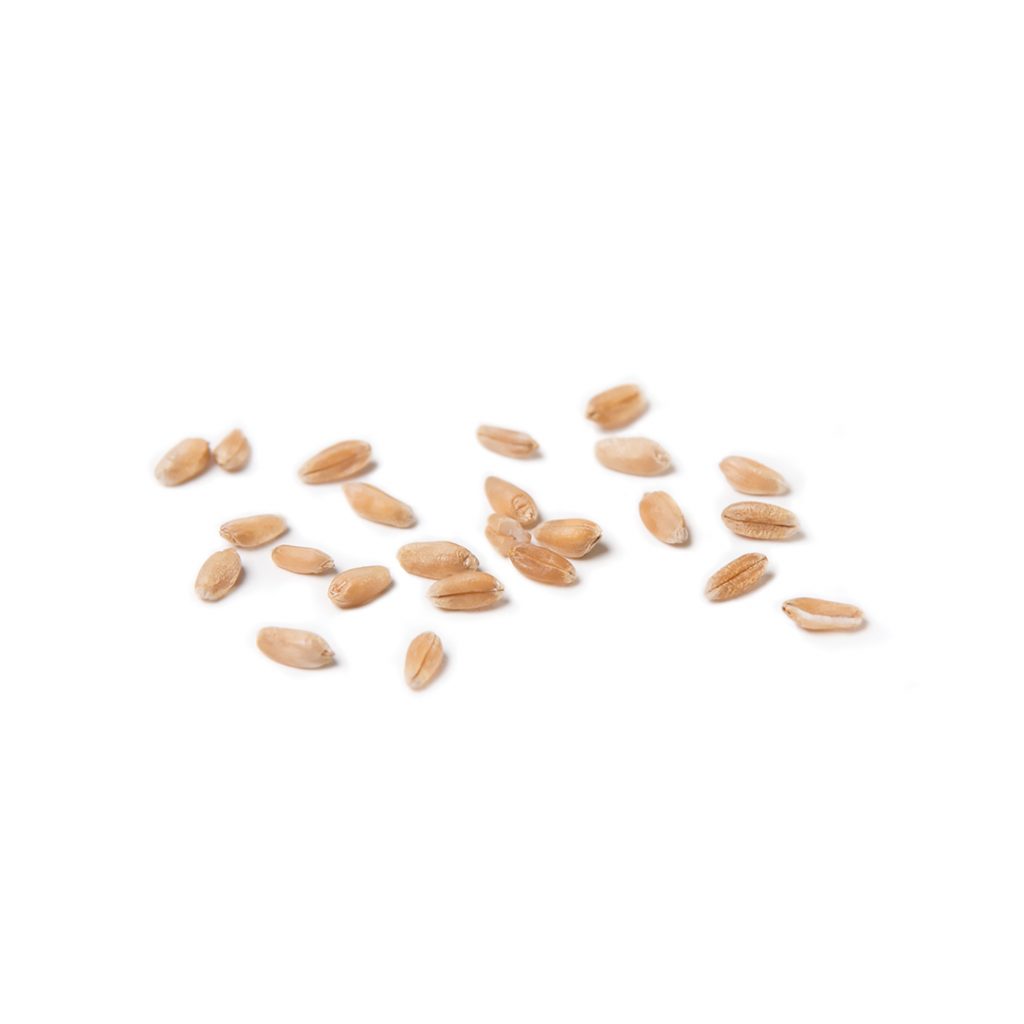ALBERTA GRAINS CELEBRATES A DECADE OF PDQ
Price & Data Quotes (PDQ) is a Prairiewide daily cash bids website launched in September 2015 by the Alberta Wheat Commission. To celebrate the price discovery platform’s tenth year, Alberta Grains asks users to fill out a short survey located on the PDQ homepage at pdqinfo.ca. The survey will remain open until Sept. 30, and the responses will be used to improve the service.









